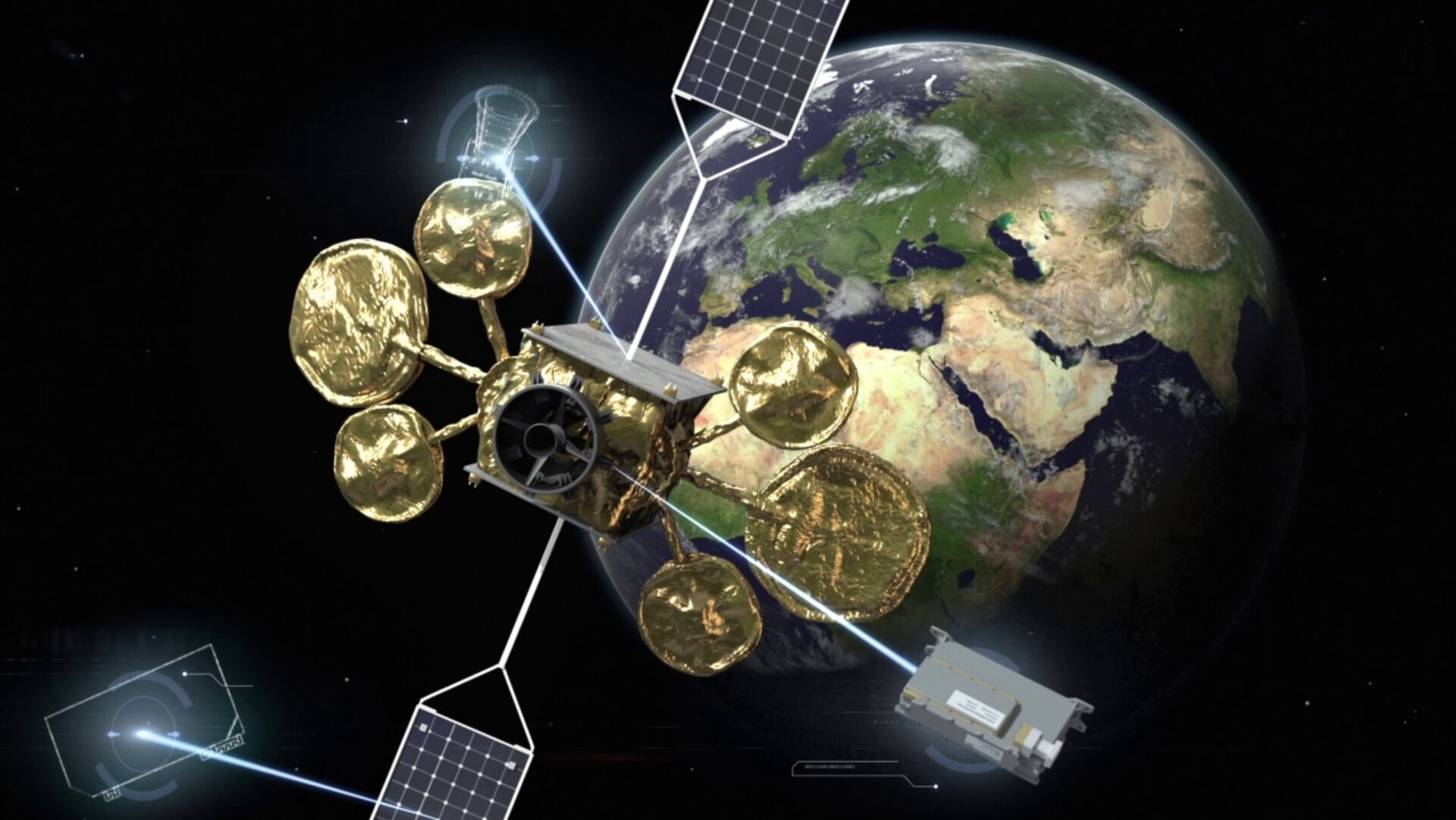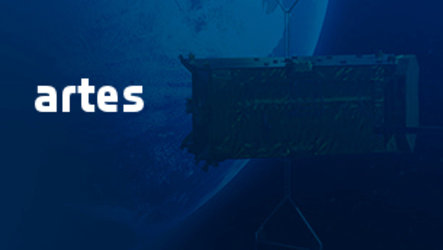ESA helps firms large and small prosper in global satcom market
Hundreds of space companies in Europe and Canada—ranging from small and medium-sized enterprises to international consortia—have boosted their business by partnering with ESA.
ESA’s programme of Advanced Research in Telecommunications Systems (ARTES) provides co-funding, multi-disciplinary expertise, business knowledge and opportunities for a wide range of companies producing anything from intricate components to whole satellite systems.
One project that has generated a domino effect of socio-economic growth is the Indigo public-private partnership with Intelsat, an international communications satellites services provider. The partnership gives technology companies the opportunity to collaborate with a prominent global operator.
The consortium includes Newtec, a Belgium-based company that began by manufacturing ground equipment and which now is an industry leader in designing, developing and manufacturing satellite communications solutions. In part thanks to the Indigo partnership, the ground segment products and solutions of Newtec can be applied to a wide range of applications.
For example, the three-way partnership has been working with the Columbian telecommunications company, Anditel, to bring broadband to rural communities in South America.
Some 70 terminals were installed in 2018 as part of a pilot project and Anditel has now signed a multi-year contract for further installations across Colombia.
The project will give thousands of people living in rural Columbia access to vital online services such as information about health, education and government, as well offering access to the global marketplace.
The New Space movement—companies seeking to develop faster and cheaper access to space and spaceflight technologies—can also prosper from a partnership with ESA.
A recent example is Hiber, a small Dutch company established in 2016 that can connect remote sensors to the internet cheaply to return information on, say, local temperatures, rainfall or location.
Hiber uses modems powered by batteries with a ten-year lifetime to relay data to an orbital constellation of cubesats, each of which measures just 10cm across. The technology can be used to harness data from almost anything, including haulage trucks, power cables, pipelines, hazardous chemicals on transport and fishing trawlers on the ocean.
“Forming a partnership with the European Space Agency has enabled us to attract a good quantity of private capital and to become the first commercial Dutch satellite operator. We are looking forward to powering diverse projects, from tracking cattle to tackling climate change and more effectively growing crops,” says Laurens Groenendijk, co-founder of Hiber, which has its headquarters in Amsterdam.
Hiber has already launched the first two satellites in its constellation; the remaining 46 are due to be launched over the next five years. The company estimates that the market for periodically connecting remote objects could grow by €3.5 billion over the coming years.
The scope and flexibility of ESA’s ARTES programme is a large part of what makes it such a success. During 2018 alone, the programme’s Core Competitiveness activities included working on more than 350 existing contracts with industry, placing more than 125 new ones, and completing 100 projects with European and Canadian companies.
Space has become an integrated part of our daily lives. From smartphones to agricultural monitoring, the socio-economic benefits of space activities are so diverse that they are not always so obvious to the general public. ESA focuses this week on what space is doing for the economy, in particular, highlighting the flourishing applications domain and business opportunities.






